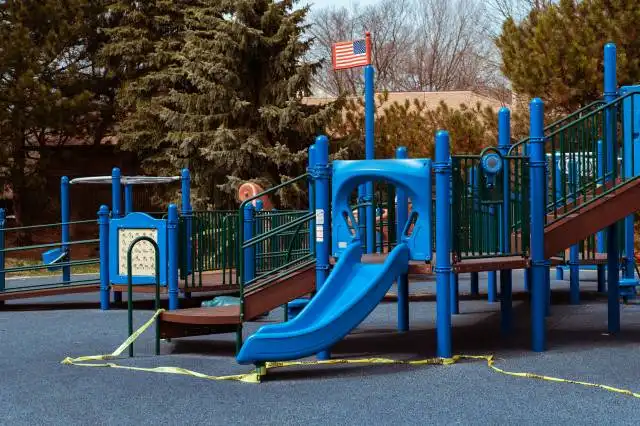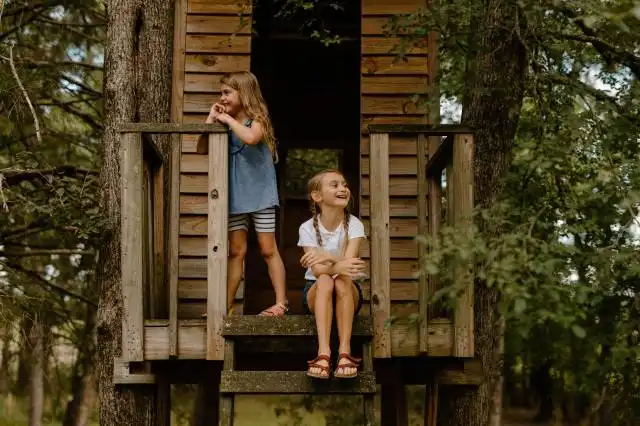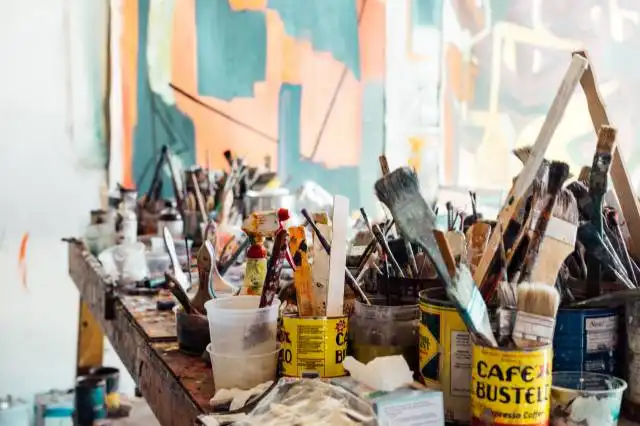Start an Antique Restoration Business
Awakening Time-worn Treasures: The Enchanting Journey of Antique Restoration
| Updated


ANTIQUE RESTORATION BUSINESS
Be a time wizard with an Antique Restoration business! Crack open the doors to history and breathe life back into time-worn treasures. This unique business concept involves restoring, repairing, and sometimes even discovering the ancient tales of antique pieces. If the romantic whisper of rusted relics and aged artifacts allures you, strap in for an entrepreneurial journey that will take you across a thousand stories, preserving and reviving the dead chapters of the past.
Jump to Business Plan
RELATED BUSINESS IDEAS
Browse ALL Home Improvement & Repair Solutions Business Ideas
Discover Your Perfect Domain
Unlock the door to your online success with our hand-picked selection of premium domain names. Whether you're starting a new venture or rebranding an existing one, the right domain can set the tone for your digital presence. Browse through our curated list, each with its unique potential to enhance your brand's visibility and credibility.
ANTIQUE RESTORATION MINI BUSINESS PLAN
This a quick reality check to help you identify the strengths and weaknesses of your business concept before you dive in.
Antique Restoration Business Analysis
Expected Percent Margin:
- Gross Margin: 65-75%
- Net Profit Margin: 15-25%
Earnings Expectations:
- Daily Earnings: $150 - $350
- Weekly Earnings: $1,050 - $2,450
- Monthly Earnings: $4,500 - $10,500
- Annual Earnings: $54,000 - $126,000
Actions to Hit Those Numbers:
Service Quality & Pricing:
- Experience and Skill: Gain or hire deep knowledge and skills in different types of antiques and their restoration. Charge per project based on the complexity of the work and market rate.
- Supplies: Develop relationships with suppliers for sourcing high-quality, cost-efficient restoration materials.
Marketing and Customer Acquisition:
- Social Media & Website: Post before and after restoration images, maintain an engaging website with project showcase.
- Local Antique Dealers: Form alliances with local antique dealers to get referrals.
Sales and Customer Experience:
- Consultation: Offer free consultation to assess the restoration needs and encourage customers.
- Customer Service: Provide excellent customer service to inspire word-of-mouth recommendations.
Cost Control:
- Workspace: Opt for a cost-efficient workspace. It can also be home-based if permitted by local regulations.
- Equipment & Material: Invest in high-quality, durable tools and efficiently manage materials to keep costs down.
Business Operations:
- Work Capacity: Aim to manage 2-5 projects a week depending on their size and complexity.
- Turnaround Time: Strive for quick, but quality project completion to increase throughput.
These are generalized estimations and can vary depending on location, economic conditions, and individual business strategies. Always consult with a financial advisor for personalized advice.
NOT WHAT YOU HAD IN MIND? Here are more ideas
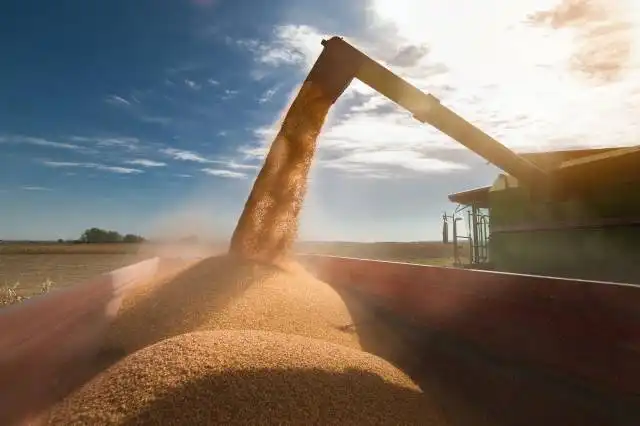
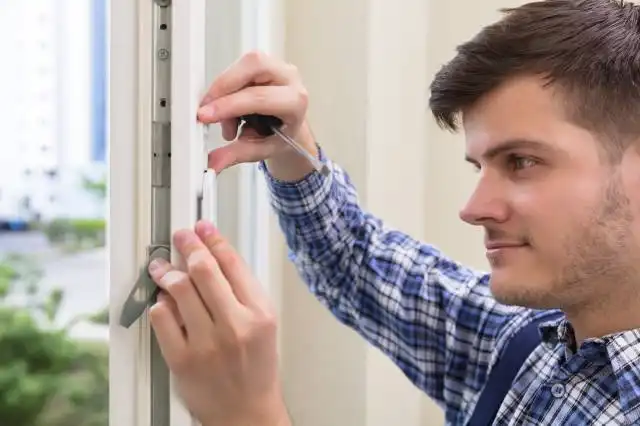

Browse ALL Home Improvement & Repair Solutions Business Ideas
Grab Your Business Website Name
Before you get caught up in the whirlwind of setting up your business, invest in a domain name. It's a small but significant step that lays the foundation for your brand and makes it easier for customers to find and trust you. Just like you wouldn't build a house without securing the land first, don't build a business without securing your domain name.
"Why? Can't that wait?" Here's why it shouldn't
Step 1: Determine if an Antique Restoration Business is Right for You
Breakdown of Startup Expenses
Starting an antique restoration business can be a costly endeavor. It is important to understand the costs associated with starting the business and to budget accordingly. Some of the costs associated with starting an antique restoration business include the cost of tools and supplies, the cost of renting a workspace, the cost of obtaining any necessary licenses or permits, and the cost of advertising and marketing. It is also important to factor in the cost of insurance and any other miscellaneous costs that may arise.
Breakdown of Ongoing Expenses
Once the business is up and running, there are ongoing expenses that must be taken into account. These include the cost of supplies, the cost of rent for the workspace, the cost of insurance, the cost of advertising and marketing, and the cost of any necessary licenses or permits. It is also important to factor in the cost of labor, as well as any other miscellaneous costs that may arise.
Examples of Ways to Make Money
There are a variety of ways to make money with an antique restoration business. One of the most common ways to make money is to offer restoration services to clients. This could include restoring furniture, artwork, jewelry, and other antiques. Another way to make money is to buy and sell antiques. This could include buying antiques from estate sales or auctions and then selling them at a profit. Additionally, you could offer classes or workshops on antique restoration. Finally, you could also offer consulting services to those interested in starting their own antique restoration business.
Step 2: Name the Business
Tips on Choosing a Name
When deciding on a name for your antique restoration business, it is important to choose something that reflects the services you offer and is memorable. Consider using words like “antique”, “restoration”, or “refinishing” in the name to make it clear what your business does. Additionally, you may want to include your own name in the business name to make it more personal. It is also important to make sure that the name is not already taken by another business.
Registering the Business Name
Once you have chosen a name for your business, you will need to register it with the appropriate government agency in your state. This will ensure that no other business can use the same name. Depending on the type of business you are starting, you may need to register with the Secretary of State or the Department of Revenue. Additionally, you may need to register with the IRS if you plan to hire employees. After registering the business name, you will need to obtain a business license and any other permits required to operate a business in your area.
Step 3: Develop a Business Plan
Outline of Business Plan
A business plan is a roadmap for your business, outlining the goals you want to achieve and the strategies you will use to get there. It should include a detailed description of the services you will offer, a marketing plan, financial projections, and an organizational structure. It should also include a timeline for when you plan to launch your business and a budget for startup costs.
Researching the Market
Before you start your antique restoration business, it is important to do some research into the market. Look into the competition, the current trends in the industry, and the potential customer base. You should also research the regulations and licensing requirements for antique restoration businesses in your area. This will help you create a realistic business plan that takes into account the unique challenges of the industry. Additionally, you can use this research to identify potential sources of funding and other resources that can help you get your business off the ground.
Step 4: Secure Funding
Sources of Funding
When starting an antique restoration business, it is important to secure the necessary funding. There are several sources of funding available, such as personal savings, loans from family and friends, bank loans, and grants. It is important to research each of these options to determine which one is right for you. Additionally, you may want to consider crowdfunding as a way to raise money for your business.
Tips for Securing Funding
When it comes to securing funding for your antique restoration business, it is important to have a well-developed business plan. This will help you to demonstrate to potential investors and lenders that you have a clear understanding of your business and how it will operate. Additionally, you should be prepared to provide financial documents such as tax returns, credit reports, and bank statements. Finally, it is important to research the different types of loans and grants available to you and to be prepared to negotiate the terms of any loan or grant you receive.
Step 5: Obtain Necessary Licenses and Permits
Types of Licenses and Permits
Depending on the location of the antique restoration business, different licenses and permits may be required. These can include a business license, a sales tax permit, a zoning permit, and a health permit. It is important to research the local laws and regulations to ensure that all necessary licenses and permits are obtained.
Tips for Obtaining Licenses and Permits
The first step in obtaining the necessary licenses and permits is to contact the local government office to find out what is required. It is important to make sure that all applications are filled out correctly and that all fees are paid in full. Additionally, it is important to keep copies of all licenses and permits in a safe place. It is also important to make sure that all licenses and permits are renewed on time. Finally, it is important to research any changes in local laws and regulations to ensure that the business is in compliance.
Step 6: Find a Location
Factors to Consider When Choosing a Location
When choosing a location for an antique restoration business, it is important to consider the size of the space needed, the amount of foot traffic, the cost of the rent, and the availability of parking. It is also important to consider the local competition and the local customer base. For example, if the business is located in a rural area, it may be difficult to attract customers. On the other hand, if the business is located in a busy urban area, there may be more competition.
Tips for Finding a Location
When searching for a location, it is important to look for a space that is easily accessible and visible to potential customers. It is also important to consider the zoning laws of the area and the local regulations. Additionally, it is important to look for a space that is large enough to accommodate the necessary equipment and tools for the business. Finally, it is important to consider the cost of the rent and to make sure that the rent is within the budget of the business.
Step 7: Purchase Equipment and Supplies
Types of Equipment and Supplies Needed
When starting an antique restoration business, it is important to purchase the right equipment and supplies. Depending on the type of restoration work you plan to do, you may need tools such as sanders, drills, saws, and other power tools. You may also need to purchase supplies such as paints, stains, varnishes, and other materials. Additionally, you may need to purchase specialized tools and supplies for certain types of restoration work. For example, if you plan to restore furniture, you may need to purchase furniture clamps, wood glue, and other furniture-specific supplies.
Tips for Purchasing Equipment and Supplies
When purchasing equipment and supplies for your antique restoration business, it is important to do your research and shop around. Compare prices and quality of different brands and suppliers to get the best deal. Additionally, you may be able to find used or refurbished equipment and supplies at a discounted price. If you are unsure of what type of equipment or supplies you need, consult with a professional in the field or do some research online. Finally, make sure to purchase the right safety equipment, such as gloves, goggles, and masks, to ensure that you are working safely.
Step 8: Market the Business
Types of Marketing Strategies
There are many different types of marketing strategies that can be used to promote an antique restoration business. These include traditional marketing methods such as print ads, radio and television commercials, and direct mail campaigns. Additionally, digital marketing strategies such as social media, search engine optimization, and email campaigns can be used to reach a wider audience. It is important to research which marketing strategies will be most effective for the business and to create a budget for marketing efforts.
Tips for Marketing the Business
When marketing an antique restoration business, it is important to focus on the unique services that the business provides. This could include highlighting the quality of the work, the speed of the turnaround, and the customer service that is provided. Additionally, it is important to create a website that showcases the services that are offered, as well as any customer reviews or testimonials. It is also important to stay active on social media, as this can help to build a loyal customer base. Finally, joining local business networks or associations can help to increase visibility and attract new customers.
Step 9: Hire Employees
Types of Employees Needed
Depending on the size of the business, you may need to hire a variety of employees. This could include a manager, salespeople, antique restorers, and administrative staff. You may also need to hire a marketing specialist to help promote your business.
Tips for Hiring Employees
When hiring employees, it is important to be thorough and do your research. Make sure to check references and ask questions to ensure that the candidate is the right fit for your business. Additionally, you should create a job description that outlines the job duties and expectations. This will help ensure that the employee is aware of what is expected of them. Additionally, you should create a compensation package that is competitive and attractive to potential employees. Finally, make sure to create a safe and comfortable work environment for your employees.
EXPLORE MORE CATEGORIES
Browse ALL Business Idea Categories
TAKE THE NEXT STEPS




